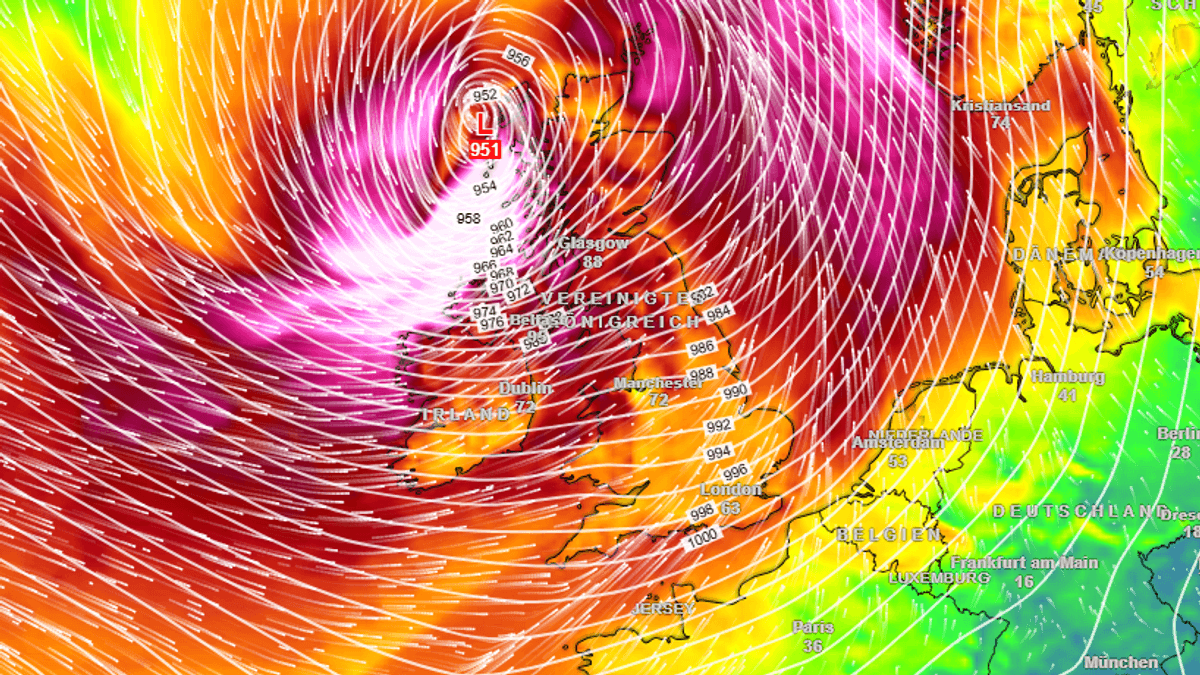Astronomers Sound Alarm on Hidden Solar Threats, Propose Satellite Constellation to Bolster Earth’s Space Weather Defenses
As Earth’s technological infrastructure grows ever more dependent on satellites, navigation systems, and uninterrupted power grids, a new study warns that we may be dangerously underprepared for the next major solar event.
Published on October 6 in The Astrophysical Journal, a team of astrophysicists led by Dr. Chip Manchester from the University of Michigan has raised critical concerns about the limitations of current space weather monitoring systems. Through advanced simulations, the researchers discovered that smaller, hard-to-detect solar features known as flux ropes could trigger coronal mass ejections (CMEs) capable of causing severe geomagnetic storms on Earth.
“Imagine if you could only monitor a hurricane remotely with the measurements from one wind gauge,” said Manchester. “You’d see a change in the measurements, but you wouldn’t see the storm’s entire structure. That’s the current situation with single-spacecraft systems.”
Flux ropes—twisted, tornado-like magnetic plasma structures on the Sun—are usually overlooked by existing detection systems due to their small scale. However, under certain magnetic conditions, these ropes can unleash enough energy to spark massive solar eruptions directed toward Earth.
These eruptions can disrupt power grids, damage satellites, interfere with GPS signals, and jeopardize space missions. In May 2024, a major geomagnetic storm caused widespread disruptions across electric grids, agricultural networks, and even affected NASA spacecraft such as the Mars Odyssey and Curiosity rover.
The researchers argue that Earth's current setup—mainly single-spacecraft monitoring—offers a dangerously narrow perspective. Solar storms become particularly hazardous when the Sun’s magnetic field is southward-facing, which current systems are optimized to detect. Yet, new simulations show that eruptions can also come from north-facing fields, which current systems are ill-equipped to track.
To address this, the research team proposes a new monitoring initiative called the Space Weather Investigation Frontier (SWIFT). The concept involves deploying four spacecraft in a tetrahedral formation, each spaced about 200,000 miles apart, offering a 3D view of solar activity. According to the study, this configuration could enhance space weather warning times by up to 40%.
“Our simulation shows that the magnetic field in these vortices can be strong enough to trigger a geomagnetic storm and cause some real trouble,” Manchester added.
With the Sun currently in its solar maximum—the peak of its 11-year activity cycle—the timing of this research could not be more critical. As solar activity intensifies, so too does the risk of unpredictable space weather events with global consequences.
This study not only highlights the gaps in our understanding of space weather but also proposes a practical solution that could help safeguard Earth’s increasingly interconnected technological systems.







